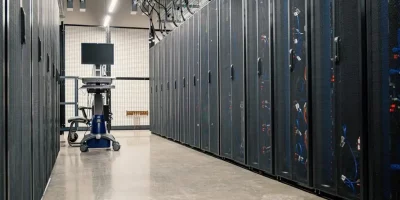During a period of financial constraint and increasing digitisation, hospitals face significant challenges when investing in IT infrastructure. Modular data centres offer a cost-effective option for healthcare organisations and can be easily expanded in the future, providing a ‘pay as you grow’ solution, to accommodate future infrastructure for digital healthcare services.
The demands being placed on current digital infrastructure has led to a need for greater storage and processing power. Given the rapid growth of picture archiving and communication systems and medical imaging, most healthcare organisations need more data centre capacity. The data centre is at the heart of the operation, from CCTV to phone equipment, to life-saving equipment and vital patient data.
Yet Secure I.T. Environments is seeing a trend where communications and server hardware cabinets are being located in what can only be described as the ‘broom cupboard’ as the existing data centre does not have the capacity. In some cases, the incorrect infrastructure – power, cooling and no fire suppression – has been installed, resulting in inefficiencies.
However, this is just the tip of the iceberg. In the main data centre, it is not uncommon for the mechanical and electrical infrastructures to have been poorly designed and are totally inefficient, whilst the structured cabling, in many cases is not fit for purpose or become redundant. Often, the data centre is located in areas that restrict access for equipment and have a flood risk.
Therefore the update to new energy efficient infrastructure technology must be considered to meet the resilience requirements of the NHS.
For more information CLICK HERE to read the full article as published by Mission Critical Power.
Source: Digitalisation World.com June 27th 2018






